
Francesco Serao (20 September 1702 - 5 August 1783) was an Italian physician, physicist, geologist, philosopher and scholar. He was born in San Cipriano d'Aversa and died in Naples, Italy. [1]

Francesco Serao (20 September 1702 - 5 August 1783) was an Italian physician, physicist, geologist, philosopher and scholar. He was born in San Cipriano d'Aversa and died in Naples, Italy. [1]
Serao was taught by the Jesuits in Naples. He followed the thinking of Descartes. At eighteen, he graduated in medicine and in 1727 he was awarded the chair of theoretical medicine. In 1732 he was professor of anatomy, then of medicine.
He was a member of the Royal Academy or Academy of Sciences of Naples with his teacher Niccolò Cirillo and was a member of the Academy of Sciences of Paris, of the London Academy, of the Benedictine University of Bologna and of other important scientific and literary groups in Europe.
He translated John Pringle's medical works into Italian. Serao was chief physician of the Kingdom of Naples and physician to King Ferdinand IV of Bourbon. Serao died in 1783 and was buried in the church of Monteverginella in Naples.

Mount Vesuvius is a somma-stratovolcano located on the Gulf of Naples in Campania, Italy, about 9 km (5.6 mi) east of Naples and a short distance from the shore. It is one of several volcanoes forming the Campanian volcanic arc. Vesuvius consists of a large cone partially encircled by the steep rim of a summit caldera, resulting from the collapse of an earlier, much higher structure.

Torre del Greco is a comune in the Metropolitan City of Naples in Italy, with a population of c. 85,000 as of 2016. The locals are sometimes called Corallini because of the once plentiful coral in the nearby sea, and because the city has been a major producer of coral jewellery and cameo brooches since the seventeenth century.

The volcanism of Italy is due chiefly to the presence, a short distance to the south, of the boundary between the Eurasian Plate and the African Plate. Italy is a volcanically active country, containing the only active volcanoes in mainland Europe. The lava erupted by Italy's volcanoes is thought to result from the subduction and melting of one plate below another.
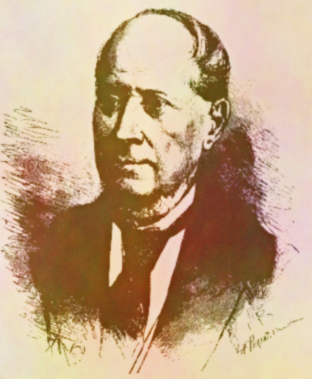
Luigi Palmieri was an Italian physicist and meteorologist. He was famous for his scientific studies of the eruptions of Mount Vesuvius, for his researches on earthquakes and meteorological phenomena and for improving the seismograph of the time.
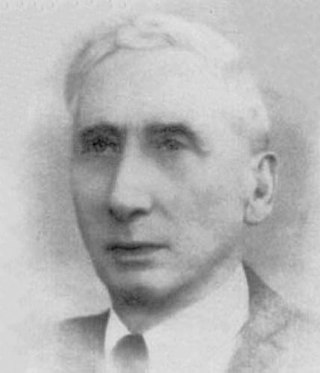
Francesco Paolo Cantelli was an Italian mathematician. He made contributions to celestial mechanics, probability theory, and actuarial science.

Boscoreale is an Italian comune (municipality) and town in the Metropolitan City of Naples, Campania, with a population of 27,457 in 2011. Located in the Vesuvius National Park, under the slopes of Mount Vesuvius, it is known for the fruit and vineyards of Lacryma Christi del Vesuvio. There is also a fine Vesuvian lava stone production.
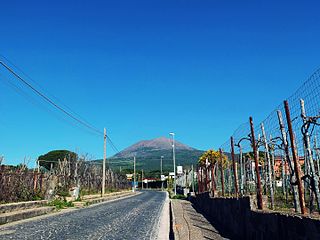
Boscotrecase is a town and municipality of 9,790 inhabitants in the metropolitan city of Naples in Campania, Italy.
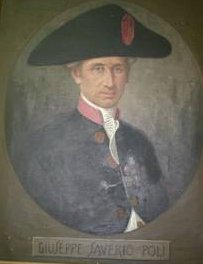
Giuseppe Saverio Poli was an Italian physicist, biologist and natural historian.

The Naples–Salerno high-speed railway line is a link in the Italian high-speed rail network opened in June 2008. The 29-kilometre-long (18 mi) line is one of the new high-speed lines being built to strengthen rail transport system in Italy and in particular freight and passenger transport in Campania. The line is part of Corridor 1 of the European Union's Trans-European high-speed rail network, which connects Berlin and Palermo.

The Perfect Fusion was the 1847 act of the Savoyard King Charles Albert of Sardinia which abolished the administrative differences between the mainland states and the island of Sardinia within the Kingdom of Sardinia, in a fashion similar to the Nueva Planta decrees between the Crown of Castile and the realms of the Crown of Aragon between 1707 and 1716 and the Acts of Union between Great Britain and Ireland in 1800.
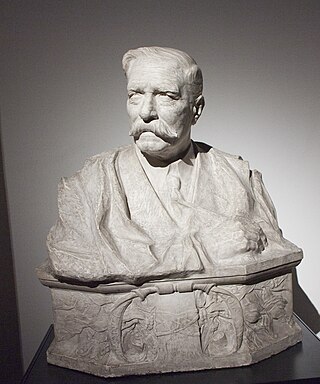
Francesco Lojacono or Lo Jacono (1838–1915) was an Italian painter, mainly of landscapes and seascapes, and mainly active in his native Palermo, Sicily.

Salvatore Trinchese was an Italian zoologist who specialised in Mollusca.

Domenico Ridola was an Italian physician, politician and archaeologist.

Vitangelo Bisceglia was an Italian botanist, agronomist and professor. He taught inside the University of Altamura. Because of his being a polymath, he's been described as "an encyclopedic spirit, the honor of the Muses".

Ottavio Serena was an Italian politician, judge, prefect and historian. He is known in his hometown Altamura for his works about local history, such as the Altamuran Revolution (1799). His contribution and the testimonies he collected allowed to shed light on some historical events (such as the killing of Giovanni Firrao and on legendary toponyms.
Salvatore Fighera was an Italian composer of both sacred and secular music. Born in Gravina in Puglia, he completed his musical studies at the Conservatorio di Sant'Onofrio a Capuana in Naples and spent several years in Milan after leaving the conservatory in 1783. On his return to Naples he served as the maestro di cappella of several churches, most notably the Santuario di San Sebastiano Martire, a post he held until his death.

Ignazio Paternò Castello, Prince of Biscari was an Italian polymath, antiquarian, and patron of the arts, who lived most of his life in his native Catania in Sicily.
Gaetano d'Ancora was an Italian classical scholar and archeologist, active near Naples.

The history of cinema in Naples begins at the end of the 19th century and over time it has recorded cinematographic works, production houses and notable filmmakers. Over the decades, the Neapolitan capital has also been used as a film set for many works, over 600 according to the Internet Movie Database, the first of which would be Panorama of Naples Harbor from 1901.

Carlo Musitano was an Italian Catholic priest and physician often known by his Latin name Musitanus. He was one of the most important Italian physicians of the seventeenth century and his works were reissued several times and translated into French and German.